|
|
THE CHERRY-LIKE
SHRUBS & SMALL TREES
Apples, Pears,
Plums, Juneberry,
Mountain Ash, Hawthorne, and Elderberry
Rosaceae, The Rose Family
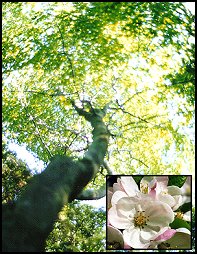 The
rose family is a large group with about 120 genera
and 3300 species. It is primarily a temperate climate family but is
scattered around the world. Most of the species are not trees but some are very
important in the fruit industry. There are many shrubs that are family
members. The family also includes wild rose, blackberries, raspberries,
strawberries, elderberries, and gooseberries. This particular page will cover some
of the shrubs found in the U.P. They all have showy 5-part flowers that are white or
pink, often with long stamens.
These shrubs or small trees usually grow in clearings or along the edges of forest.
However, they sometimes survive in understories of young forests that have overtaken an
opening or old field. Occasionally, some of these species will reach truly tree
proportions. In these cases, even seasoned foresters might get puzzled by the
identification.
The
rose family is a large group with about 120 genera
and 3300 species. It is primarily a temperate climate family but is
scattered around the world. Most of the species are not trees but some are very
important in the fruit industry. There are many shrubs that are family
members. The family also includes wild rose, blackberries, raspberries,
strawberries, elderberries, and gooseberries. This particular page will cover some
of the shrubs found in the U.P. They all have showy 5-part flowers that are white or
pink, often with long stamens.
These shrubs or small trees usually grow in clearings or along the edges of forest.
However, they sometimes survive in understories of young forests that have overtaken an
opening or old field. Occasionally, some of these species will reach truly tree
proportions. In these cases, even seasoned foresters might get puzzled by the
identification.
 APPLE (Malus spp.)
APPLE (Malus spp.)
Other Names:
Wild Apple, Common Apple
Key ID Features: Fruit, Leaf, Twigs, Shape, Habitat
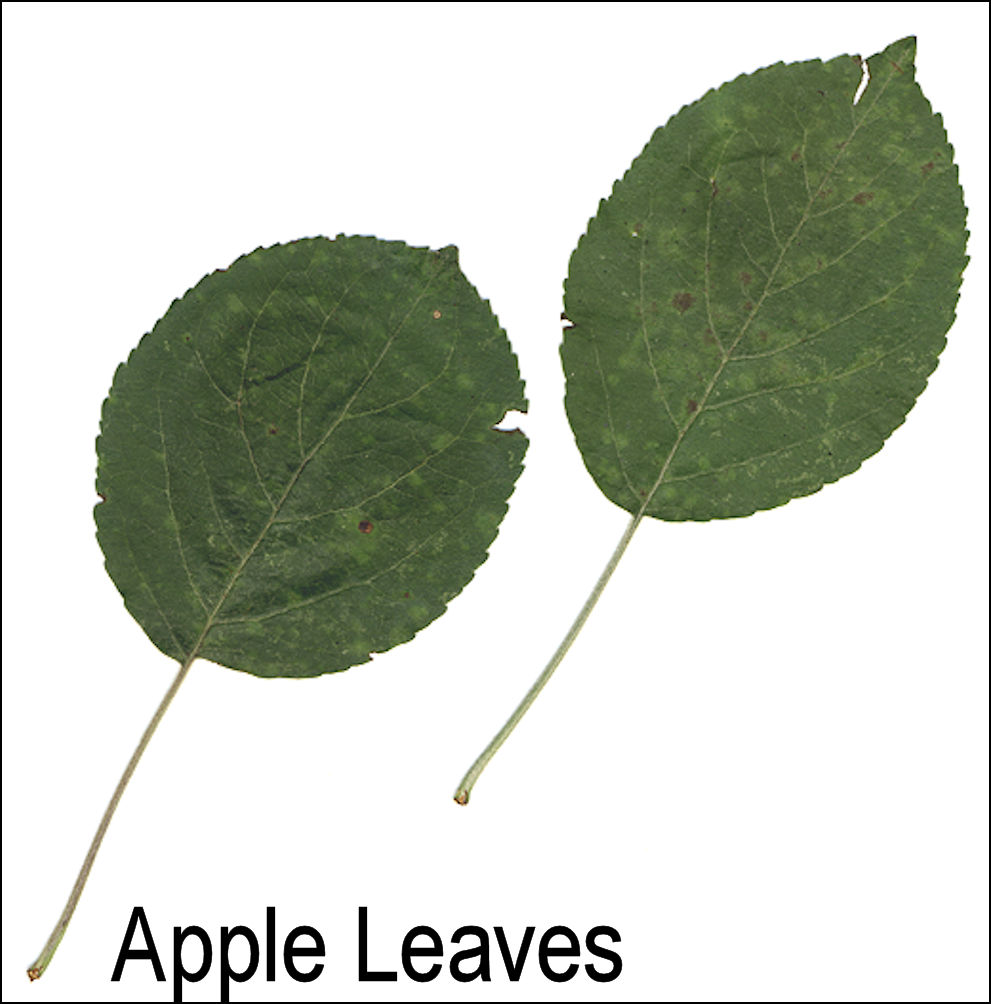

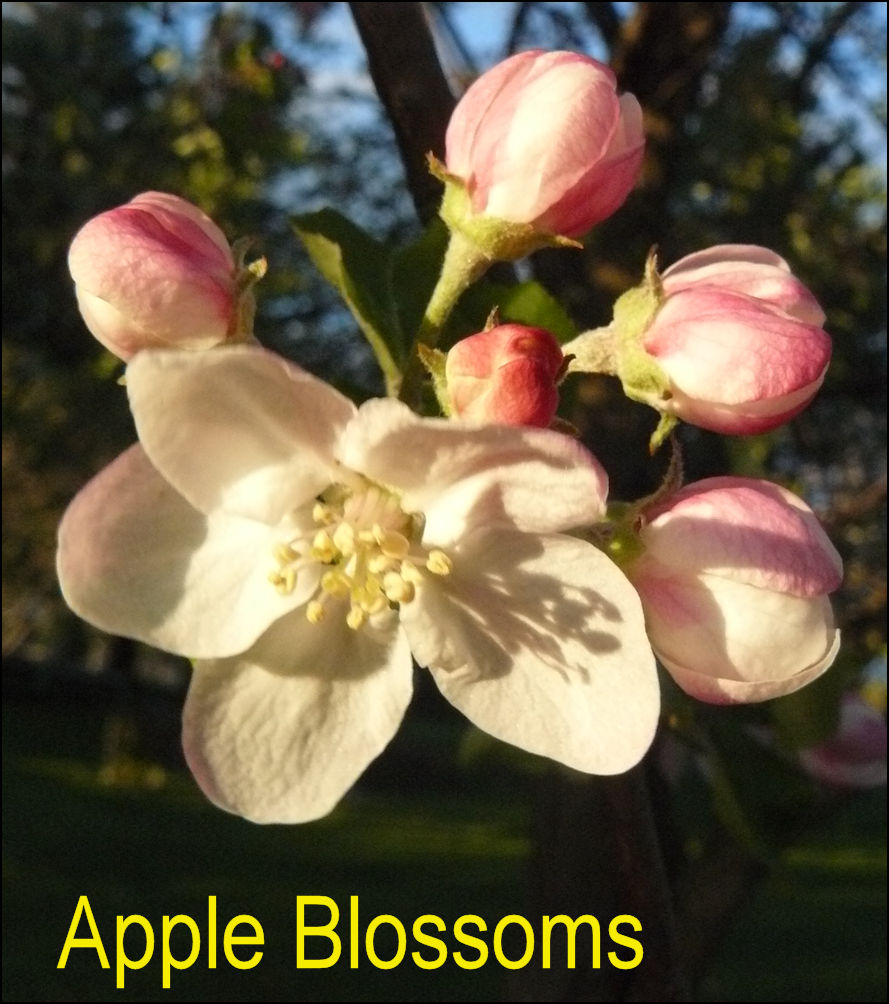
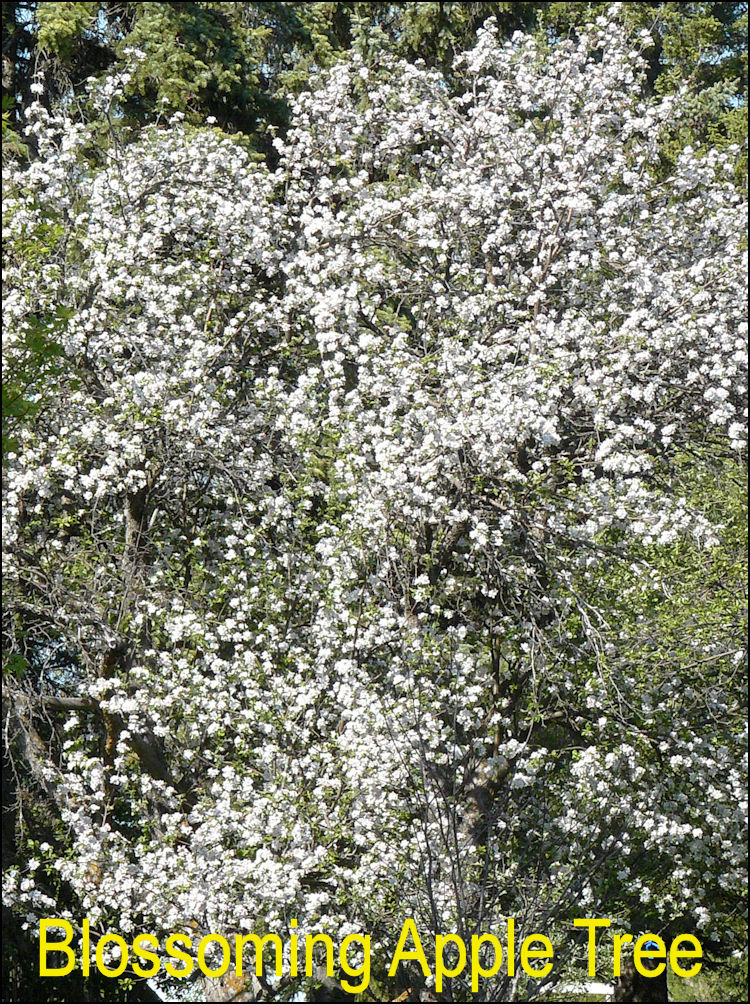
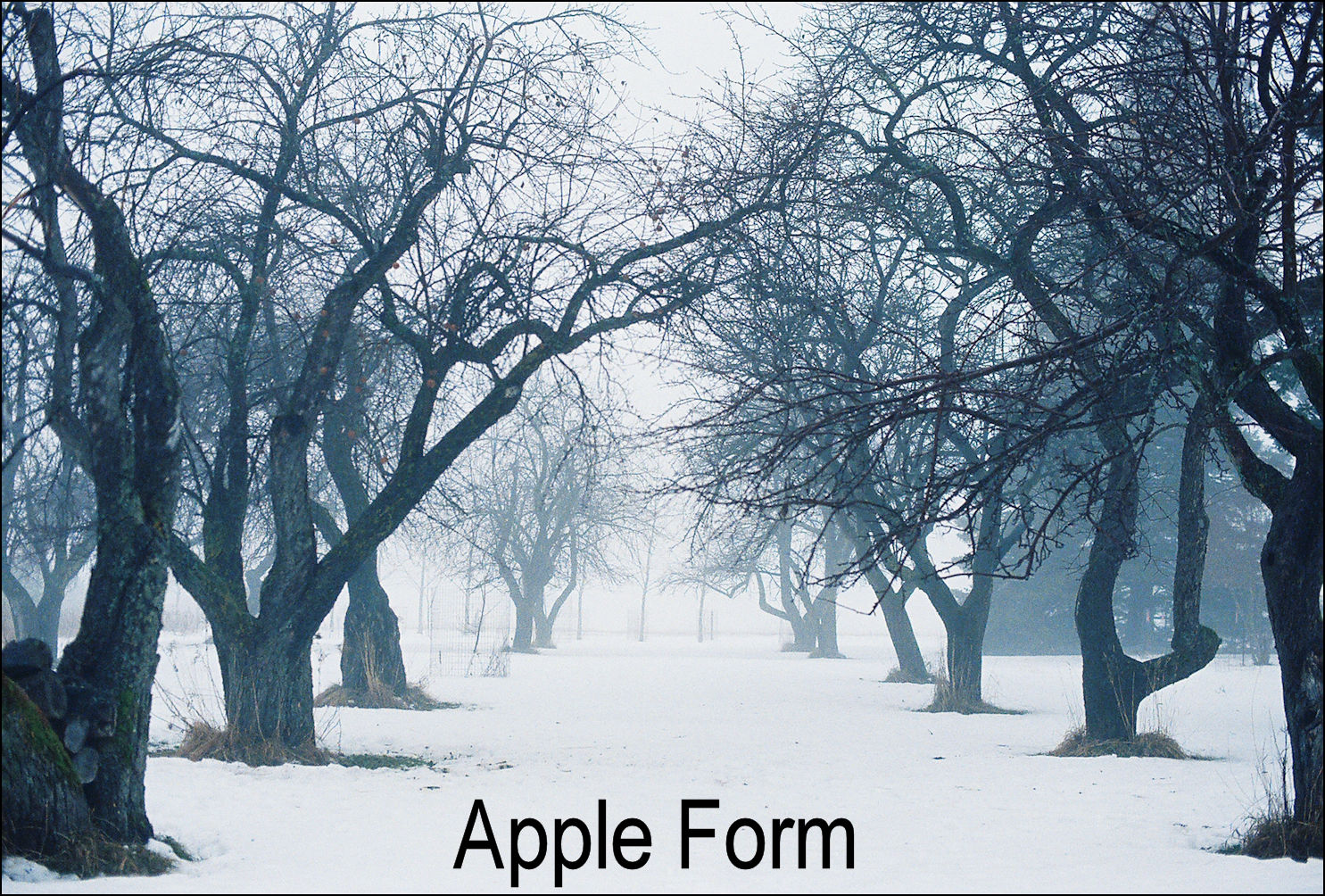

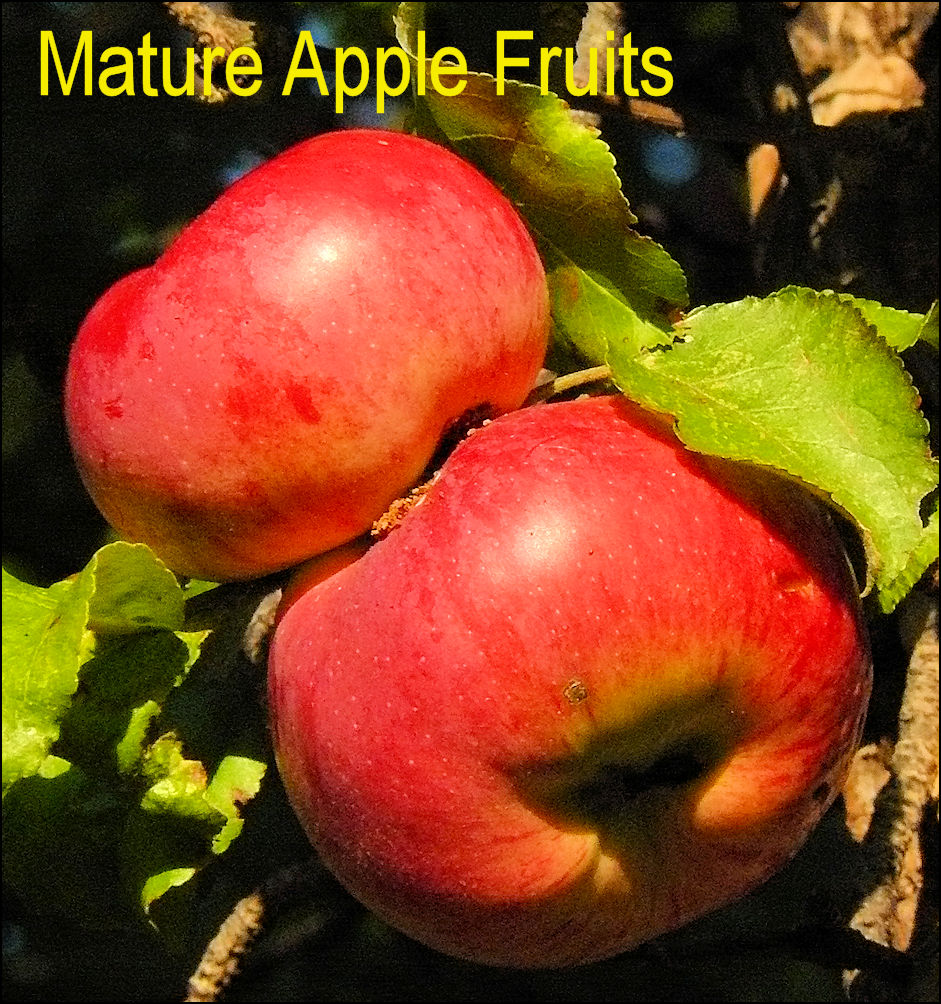
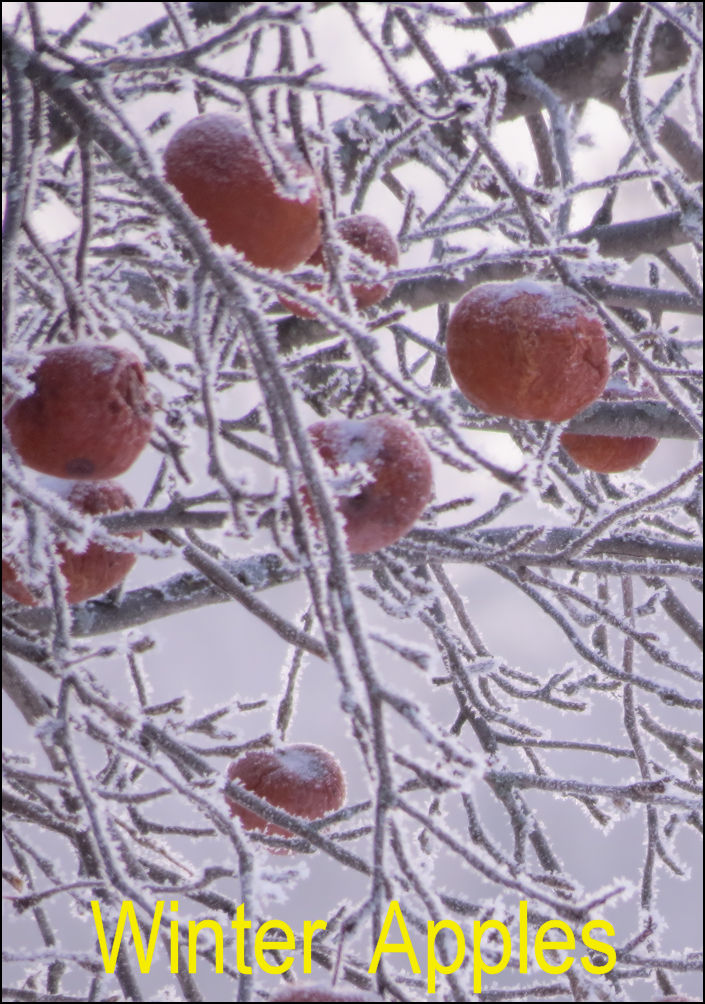
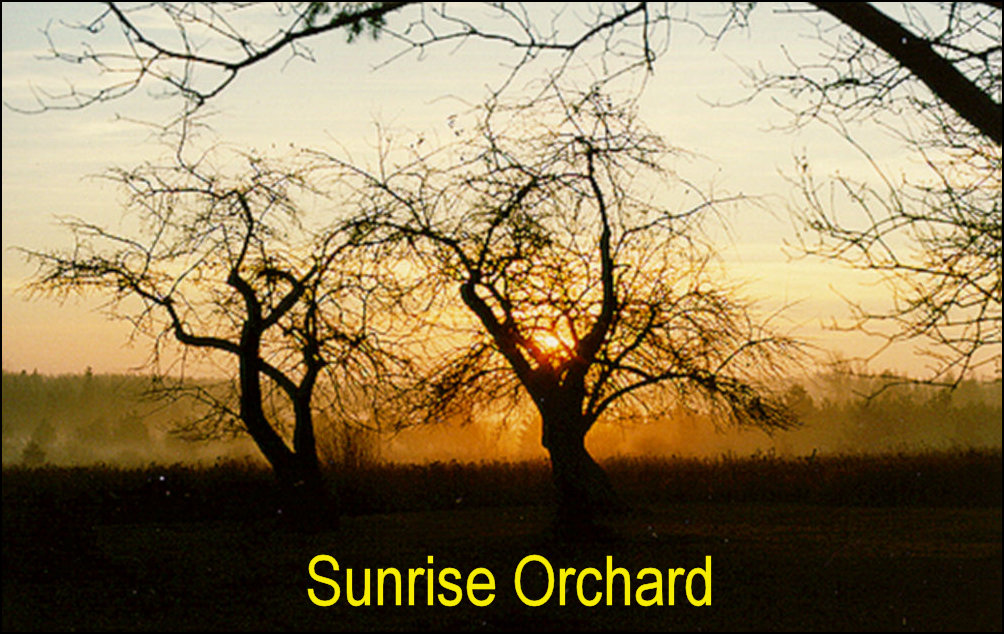
Malus has
about 25 species across the northern hemisphere. The genus is native to Eurasia. Malus pumila is the
common apple which has many horticultural and commercial varieties. Apples grow in
every county but have not necessarily become components of forest stands in every county
(see range map). LEAVES are oval-shaped with wavy margins. They are 1-3 inches long
sometimes almost as wide. The FRUITS are known by nearly everyone but do come in
many different sizes and colors. The FLOWERS are white to pink and are a common
sight in the spring on old farmsteads. Apple trees are usually short with POOR
FORM. The ends of TWIGS have bark that looks like rolled up long shirt
sleeves. Terminal buds are
often fuzzy. Common pests: eastern tent caterpillar, gypsy moth, cankerworms, skeletonizers, tussock moths, ugly nest caterpillar, walkingsticks, black knot, fire blight, frost cracking.
PEARS
(Pyrus spp.)
Other Names: Wild Pear
Key ID Features: Fruit, Leaf, Thorns
Pyrus is not a native American genus but occurs occasionally across the U.P., almost always the result of human planting. The common pear is Pyrus communis, which has many varieties, like the apples. LEAVES are apple-like. Terminal buds are hairless and pointed.
PLUMS
(Prunus spp.)
Other Names: Wild Plum, Canada Plum, Others
Key ID Features: Fruit, Leaf, Spur Branches
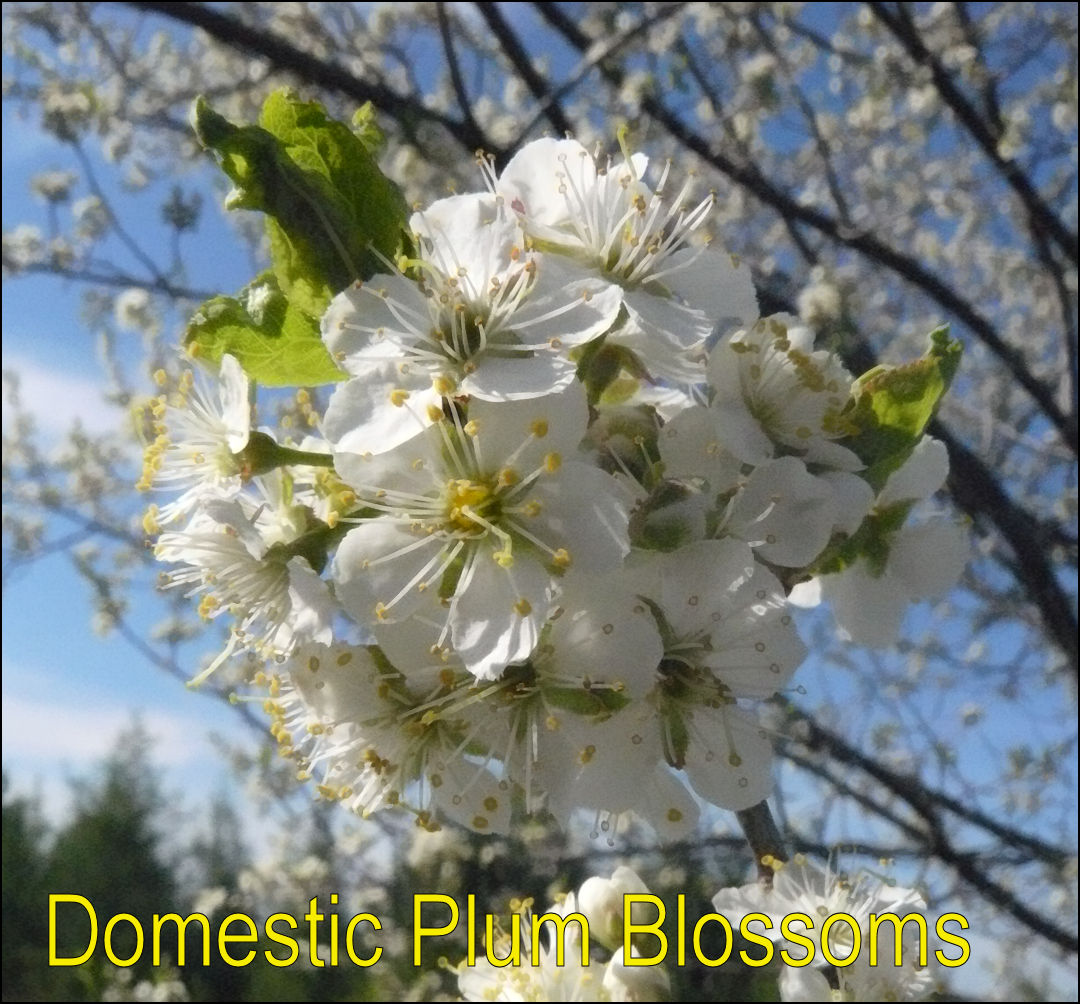
Most wild plums are either Prunus
nigra (Canada plum) or Prunus americana (wild plum), neither of
which are common in the U.P. Canada plum has a more northerly range and is most
likely the wild plum seen. TWIGS have a bitter taste. Terminal buds are slightly longer than the twig
is wide. The first side bud is
often very close to the terminal bud.
JUNEBERRY
(Amelanchier spp.)
Other Names: Serviceberry or Shadbush
Key ID Features: Spring Flowers, Leaves, Bark, Habitat

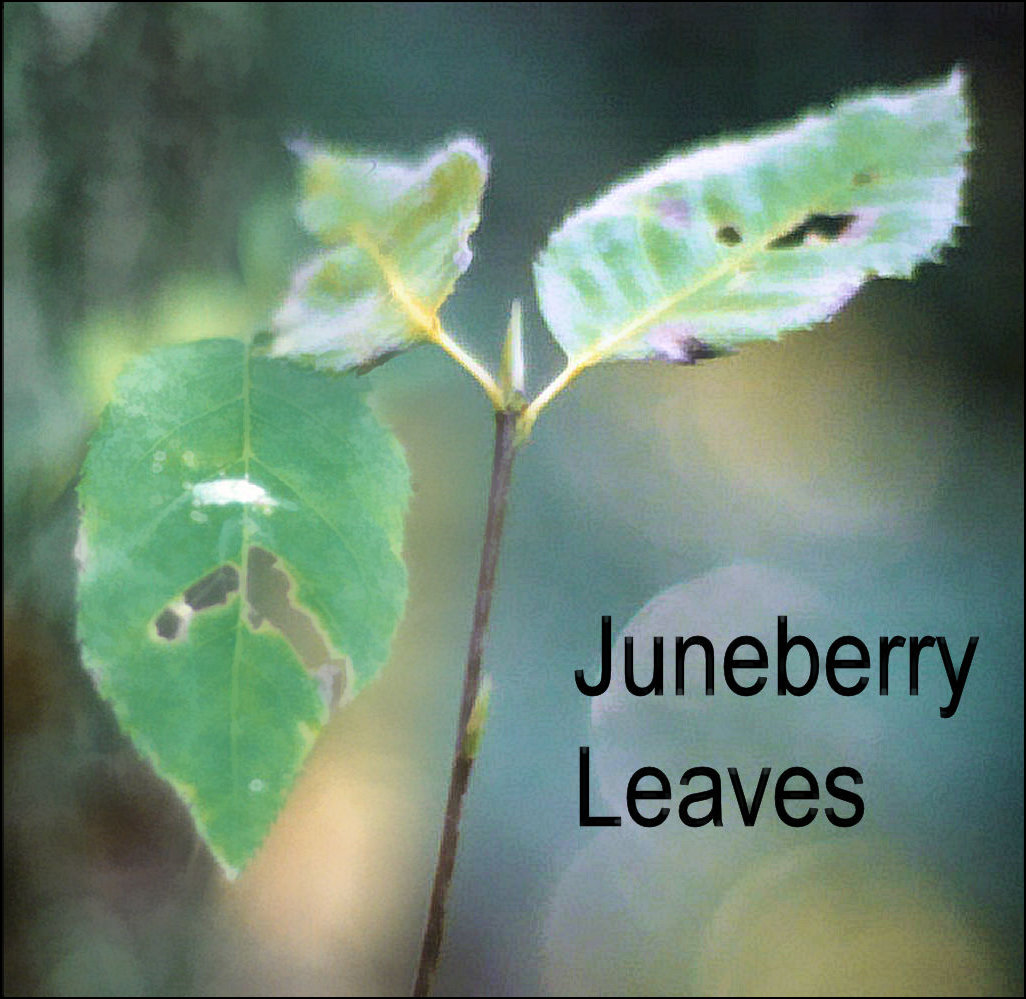
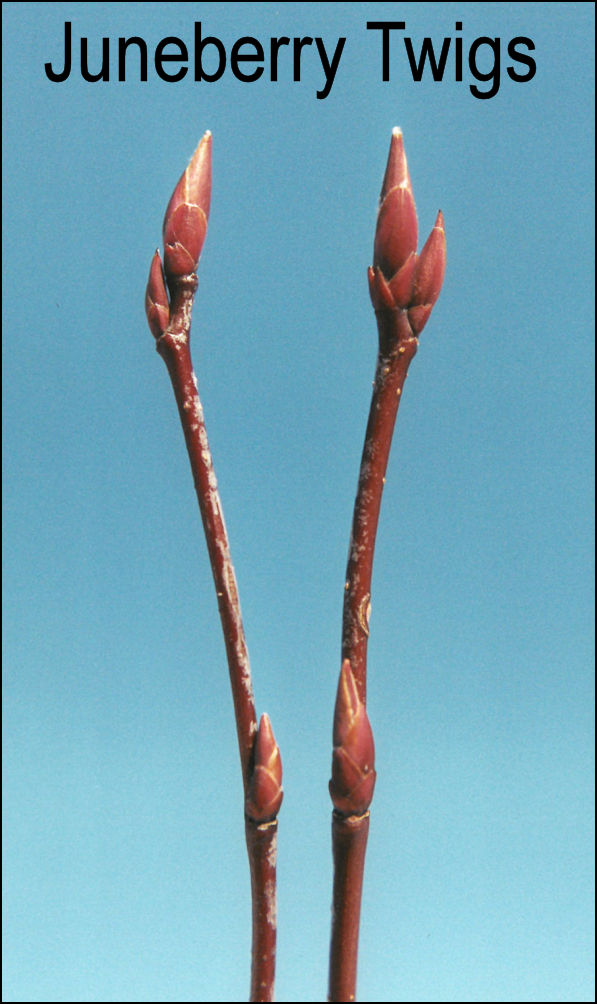
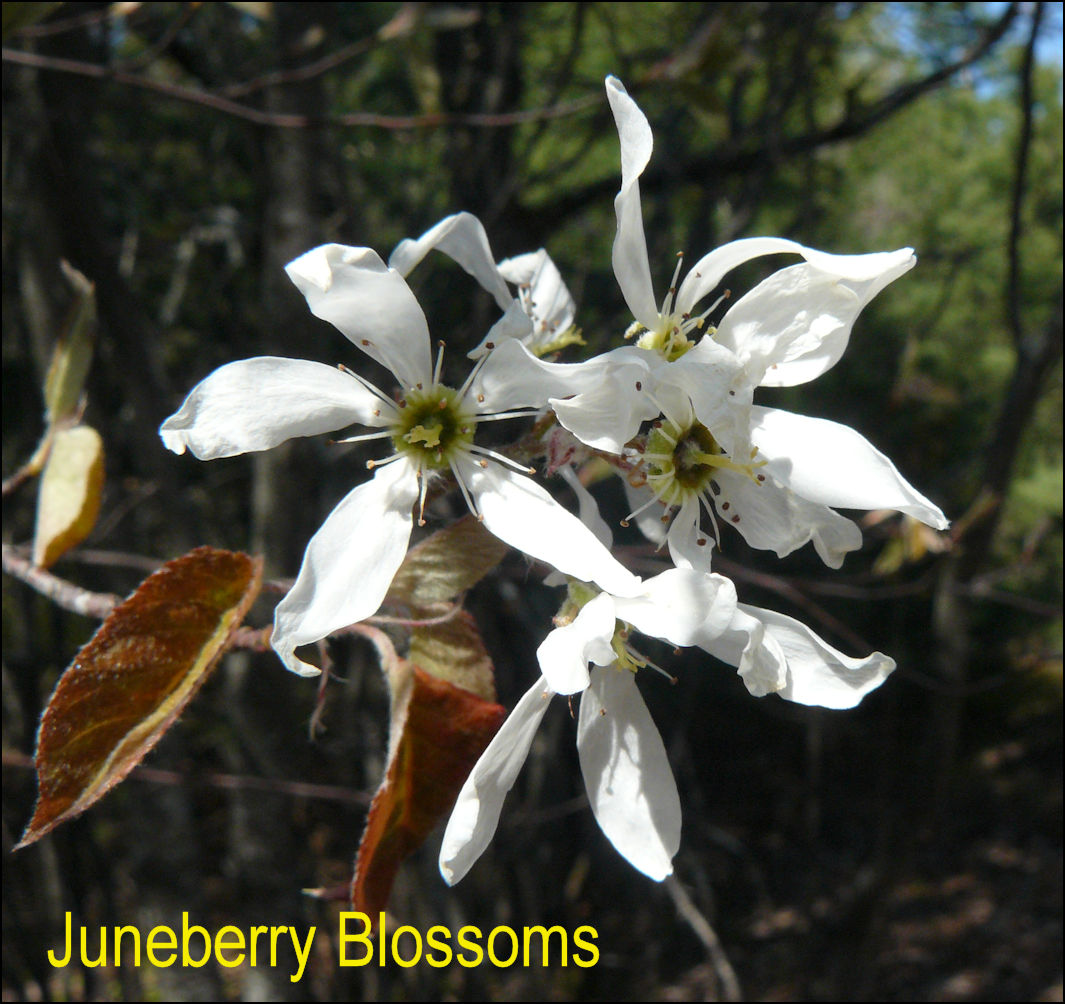
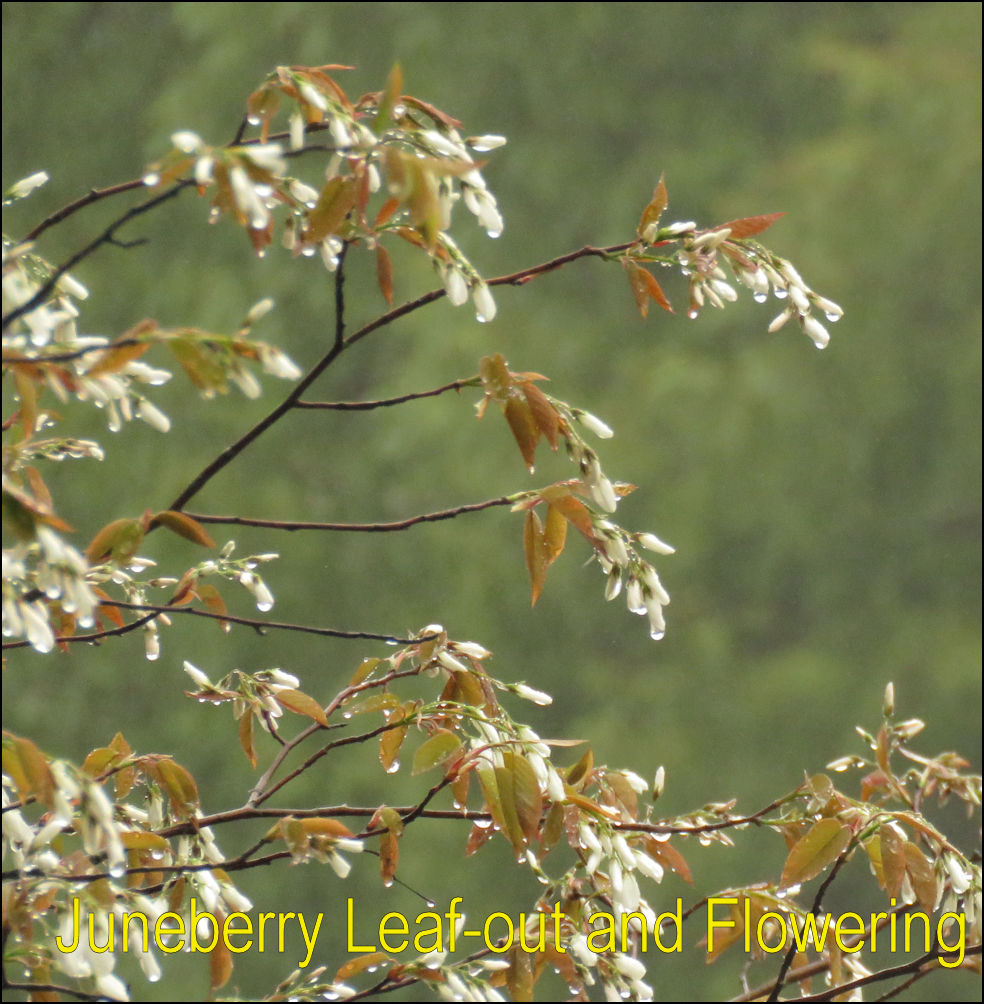
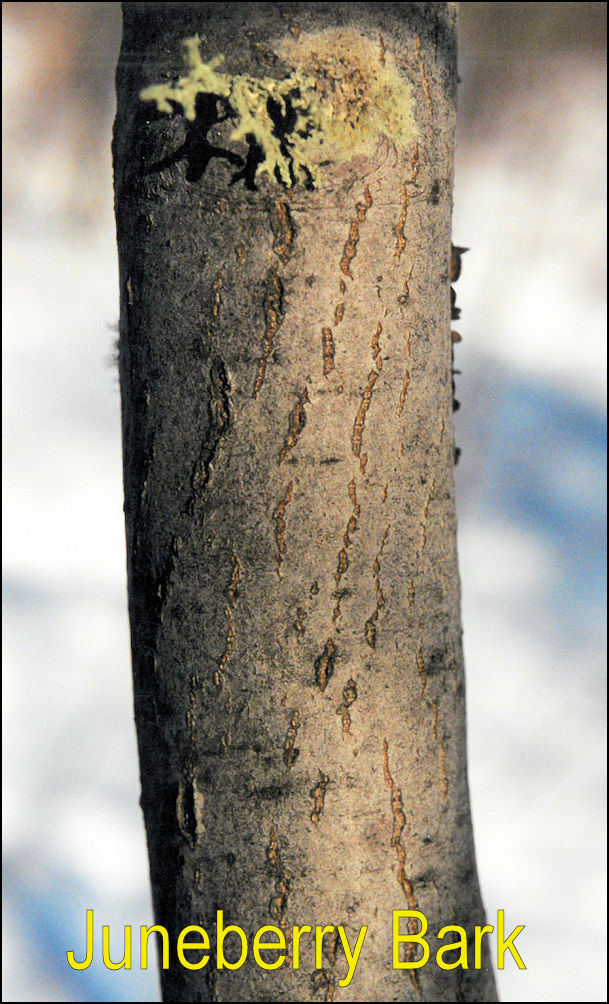
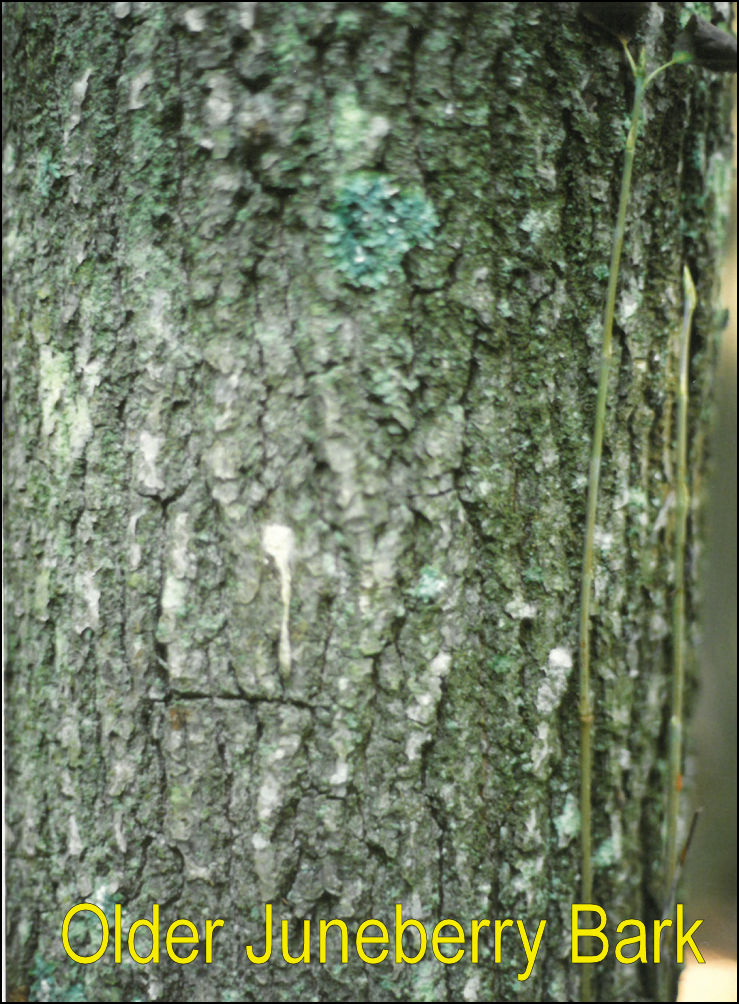
Several species of juneberry
occur in the U.P. but the most common is probably Amelanchier laevis.
The early spring white BLOSSOMS can be easily seen along highways at the edge of woods and
open woods. Usually when you see one shrub there are many. A. laevis has light gray BARK with darker gray stripes running up and down the stem, similar in
pattern but not color to striped maple. Newer TWIGS may be somewhat purple with
fairly long buds. Juneberry LEAVES may be pointy or more oval than in the picture
above, depending upon the species. The margins are finely-toothed. Near Brevort, there is a juneberry about 45 feet tall and 10.5
inches in diameter! Common pests: eastern tent caterpillar, leafminers, tussock moths, black knot.
 MOUNTAIN ASH (Sorbus spp.)
MOUNTAIN ASH (Sorbus spp.)
Other Names:
Rowan
Key ID Features: Orange Berries, Leaves, Bark
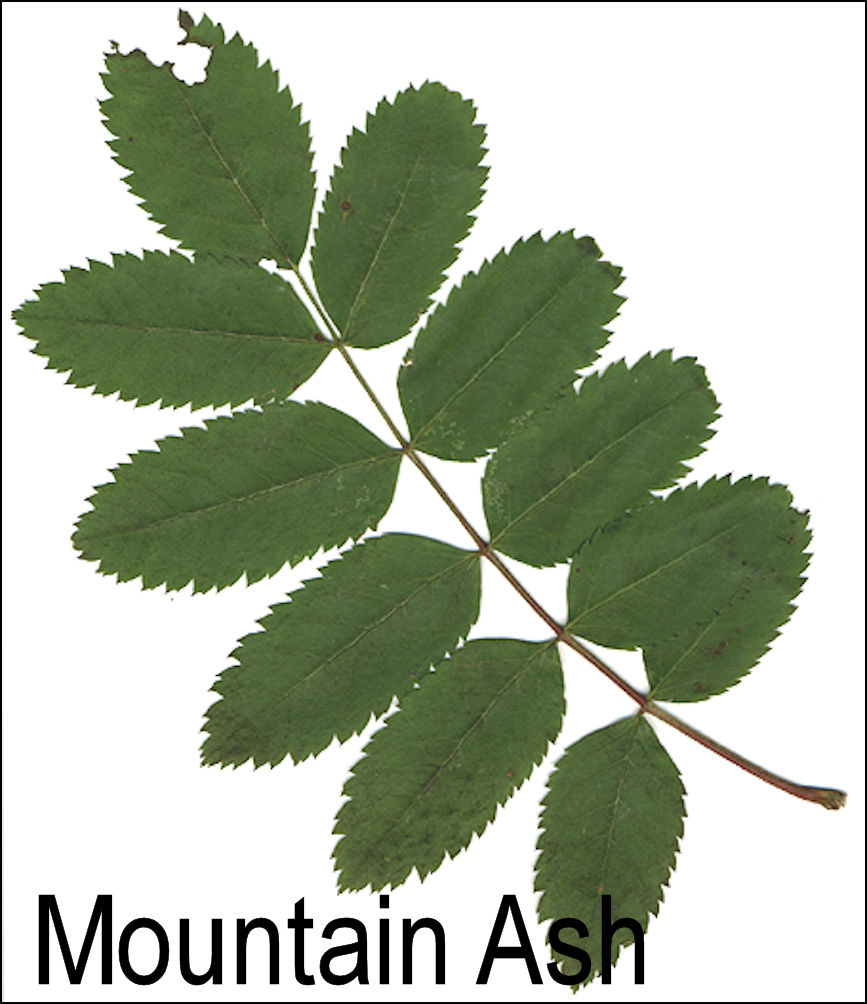

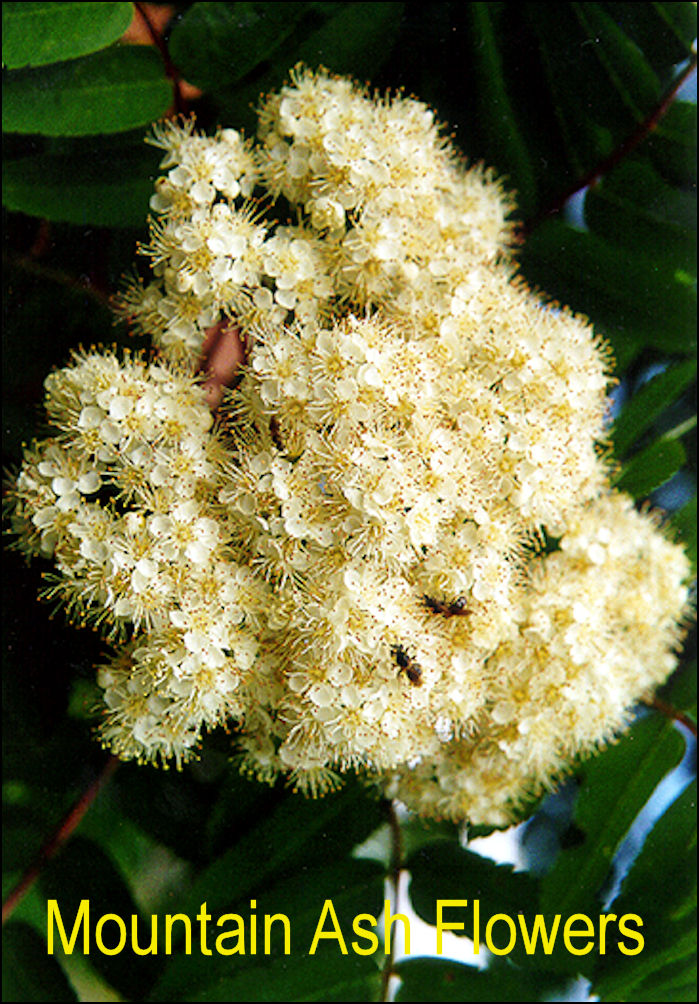
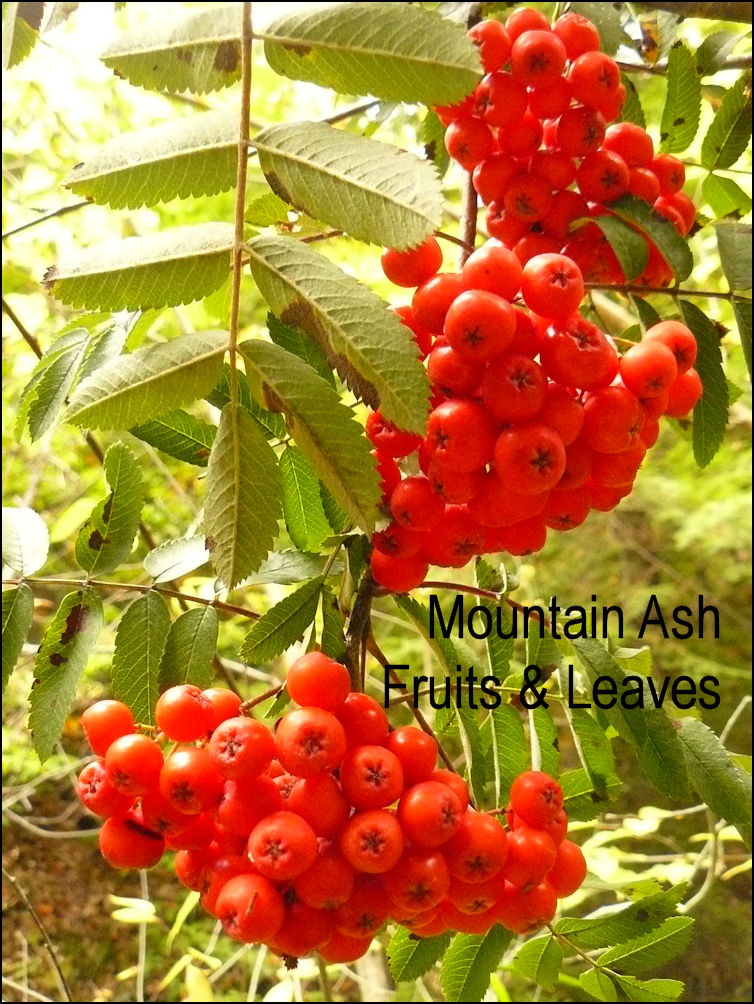
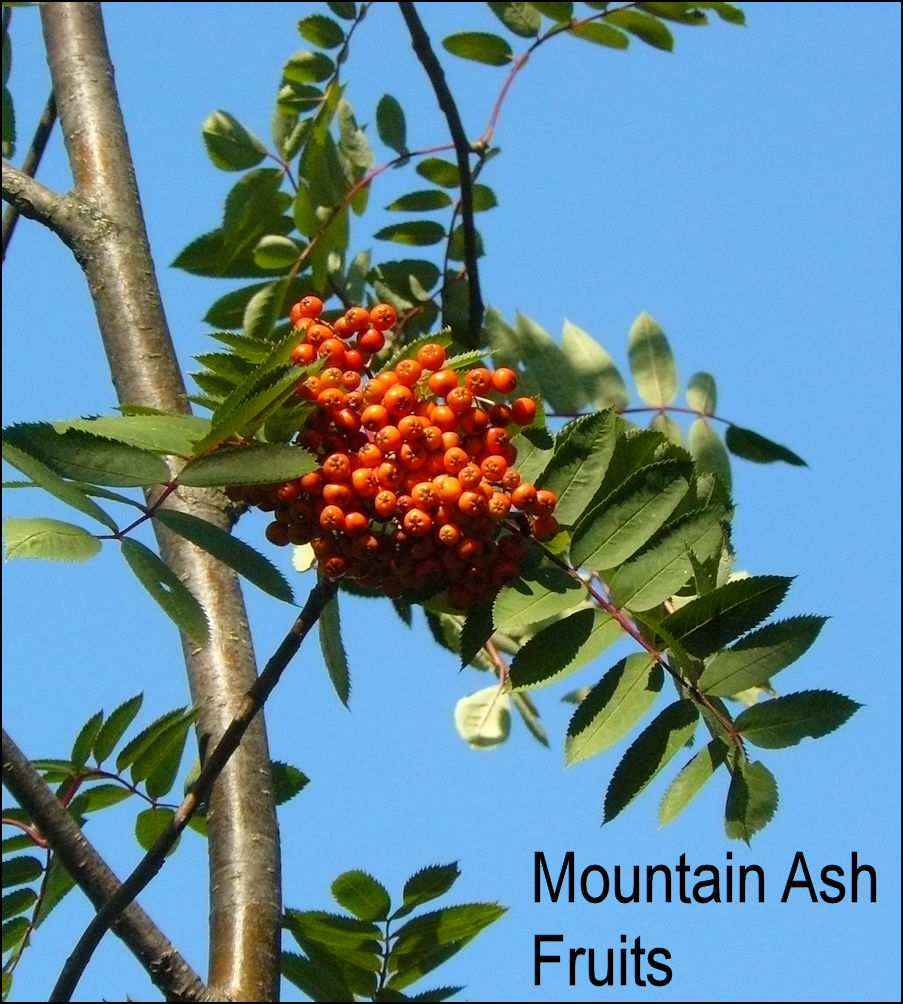
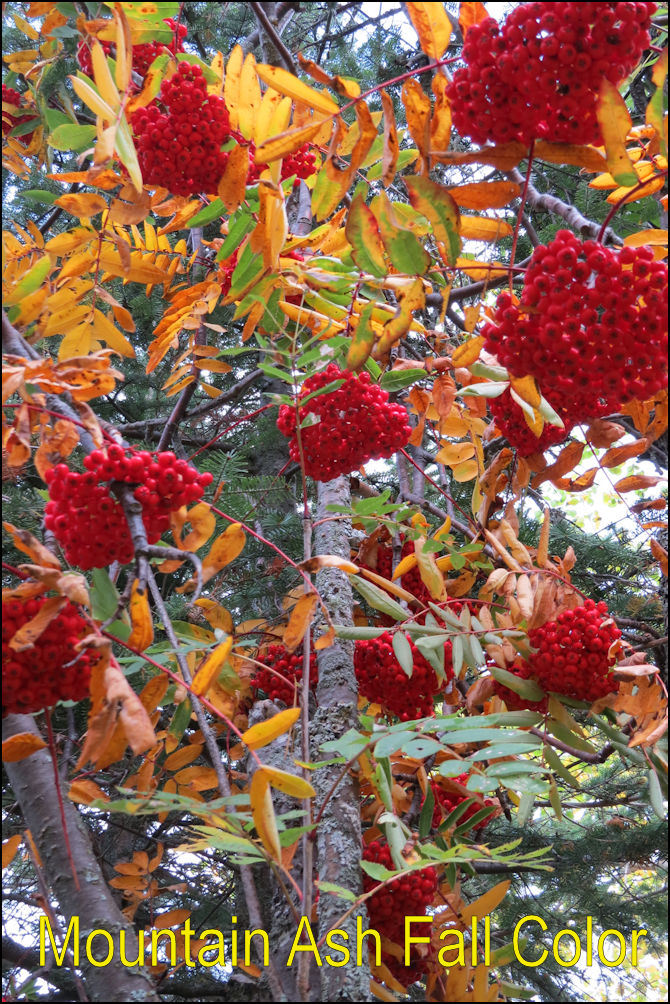
Three similar species may be found in the
U.P. Sorbus americana and Sorbus decora are native,
and Sorbus aucuparia is a native of Europe. There are many
ornamental varieties. LEAVES are compound with serrated margins. TWIGS are somewhat stubby with
fairly large and triangular terminal buds.
FLOWERS bloom in dense white clusters. Berry-like FRUITS ripen in late summer
and early fall and turn a bright orange. These berries are popular among late fall
songbird migrants, especially cedar waxwings. Tree SIZE is usually under 30 feet but
the tree can grow to 40 or 50 feet with diameters over one foot. Common pests: sawflies, sapsuckers.
 HAWTHORNE
(Crataegus spp.)
HAWTHORNE
(Crataegus spp.)
Other Names:
Thornapple or Haw
Key ID Features: Thorns, Leaves, Fruits
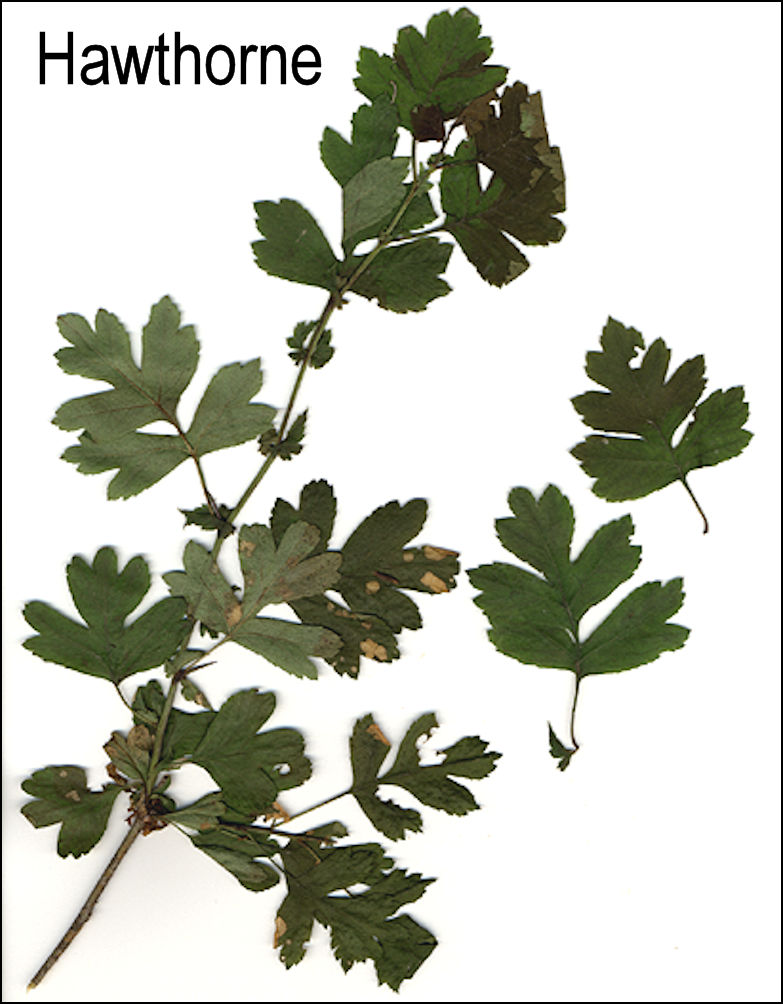
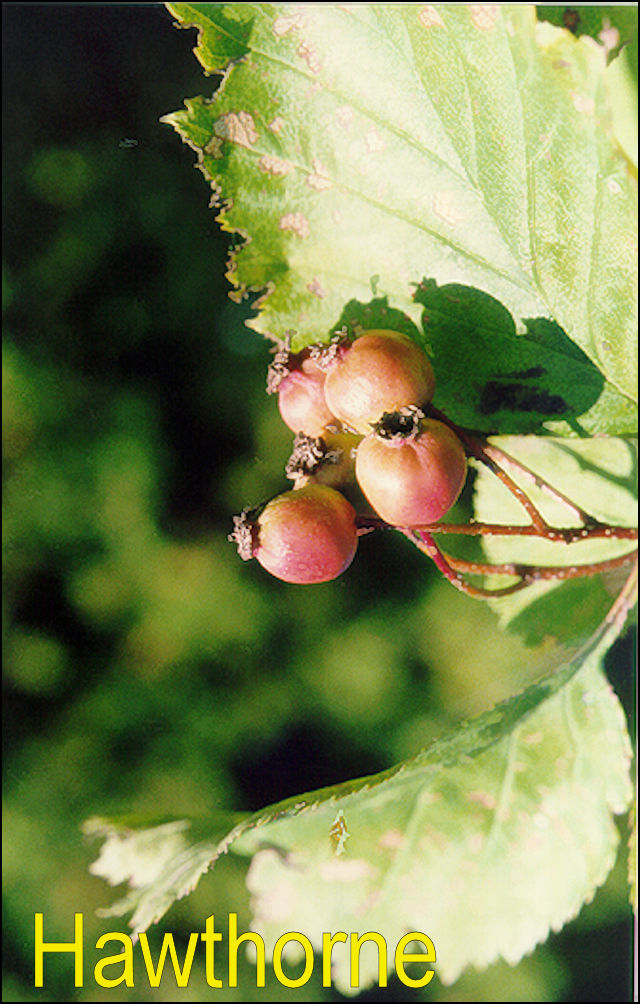

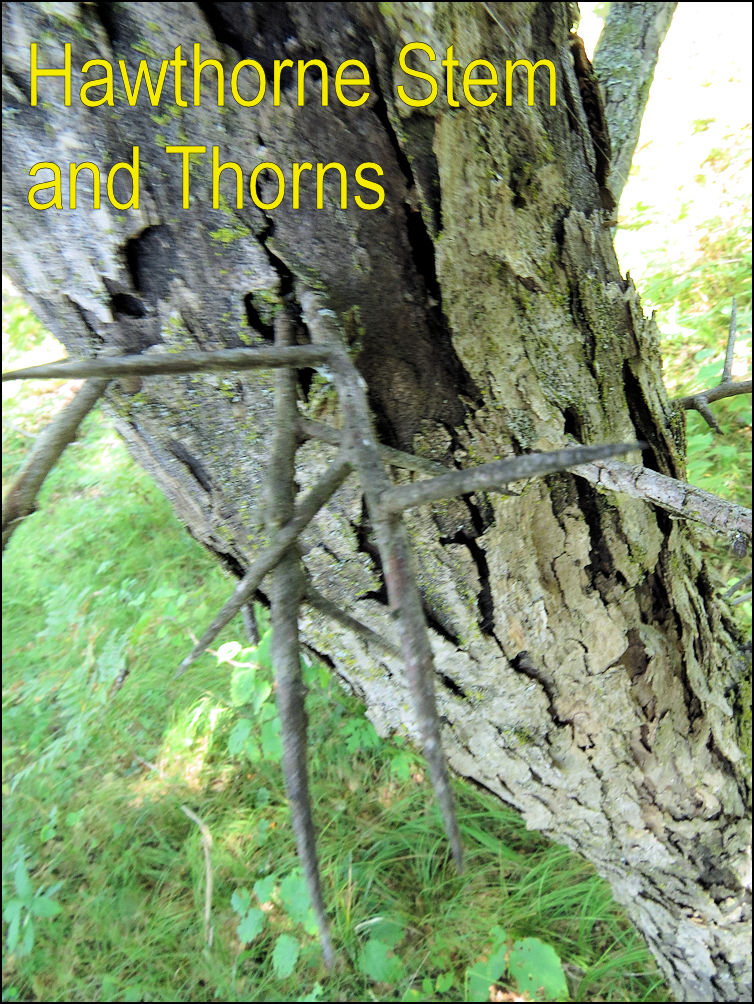

Hawthorne is a large genus
with many very similar species. Botanists debate the differences between true
species and varieties. For most of us, simply hawthorne is good enough. The
long THORNS may grow to 3 inches long. Some cultivated varieties may have the thorns
bred out. The LEAVES are variable, sometimes with 3 distinct or vague lobes. Other times, the LEAVES are simple
without lobes. The margins are
always toothed.
LEAVES are white or light pink and bloom in flattish clusters. The FRUITS appear
similar to tiny apples, usually less than a half-inch in size. Color may be orange,
red, purple, or yellowish. TWIGS are shiny and purplish brown with k nobby buds.
BARK on larger shrubs is shaggy and medium gray or brown. Hawthorne is almost
always found on disturbed and often DRY SITES, sometimes in old fields. SIZE rarely
gets over 20 feet tall and there are often multiple stems. Common pests: skeletonizers.
ELDERBERRIES
(Sambucus spp.)
Other Names: Red Elderberry, Common Elderberry, Elder
Key ID Features: Berries, Brown Stems, Bad Odor
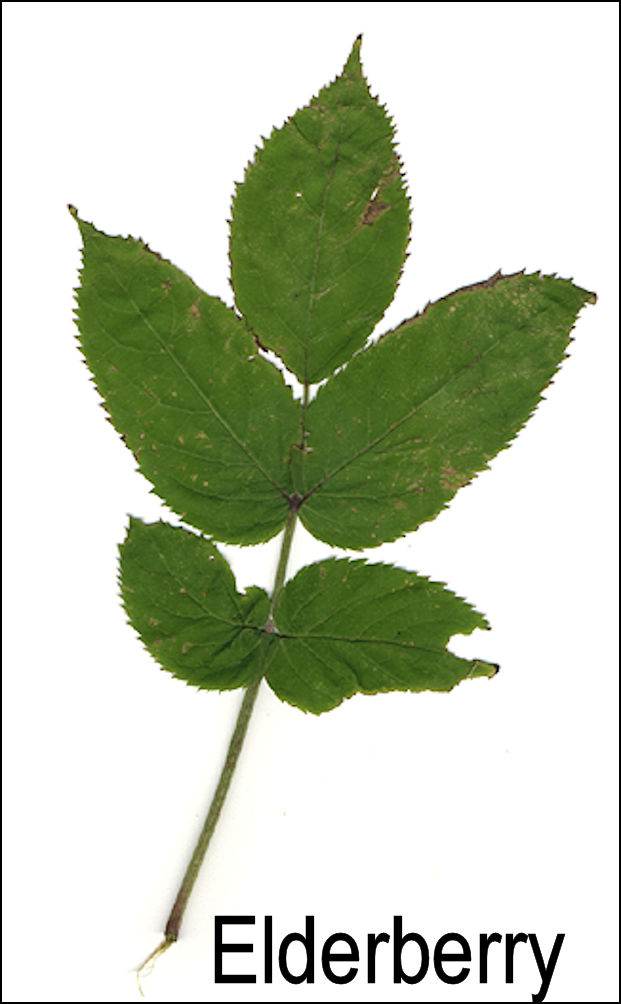
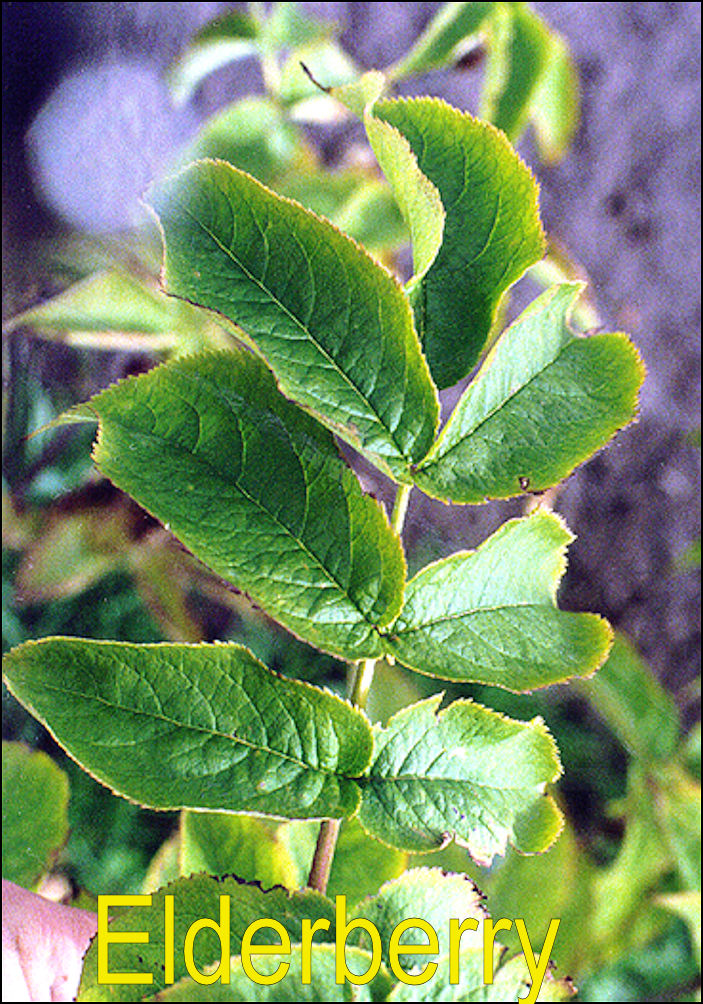
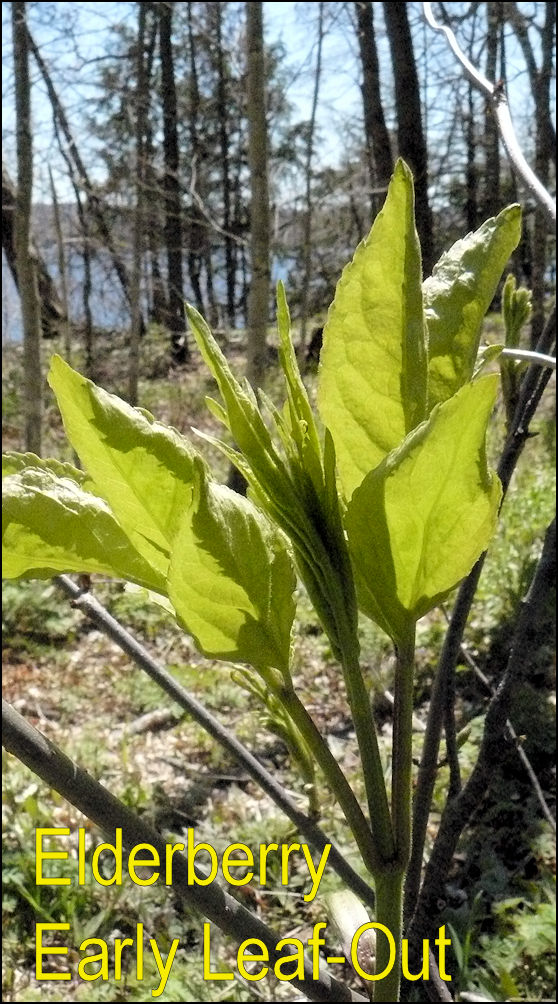
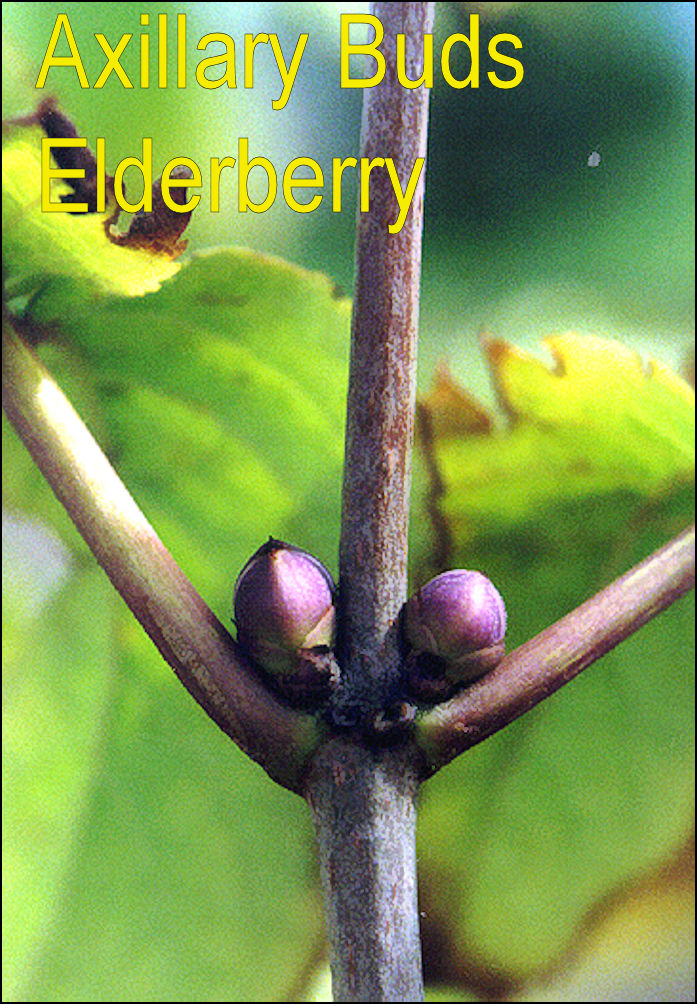
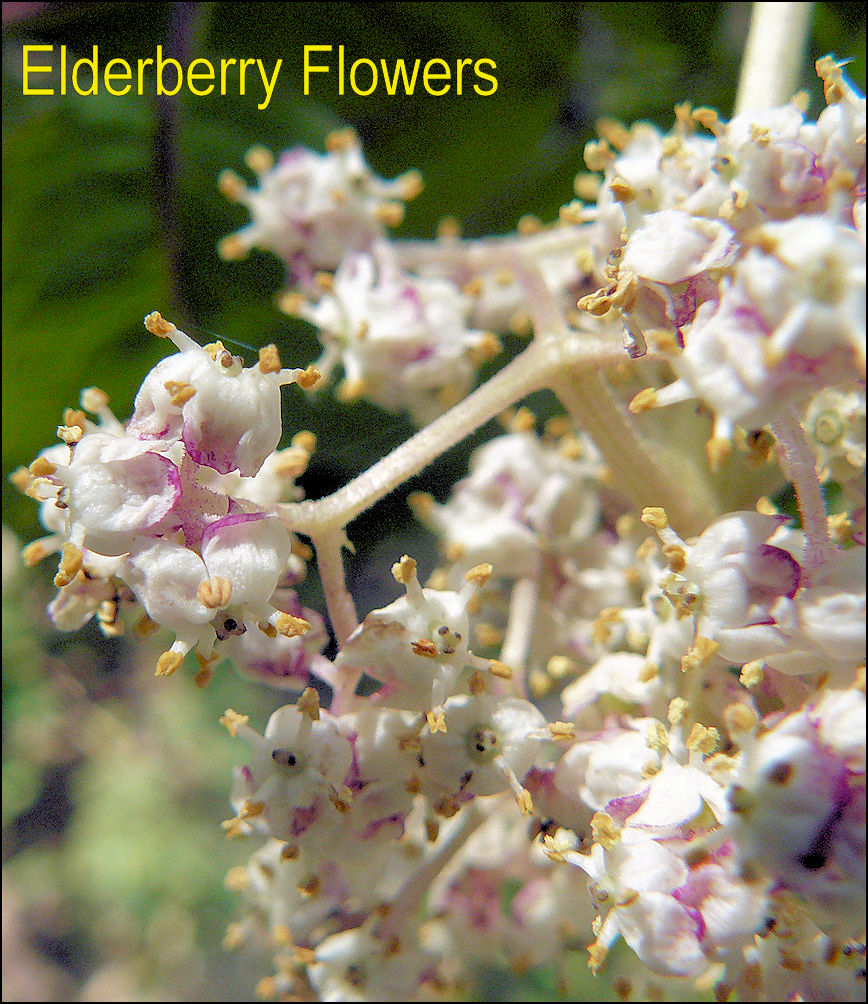
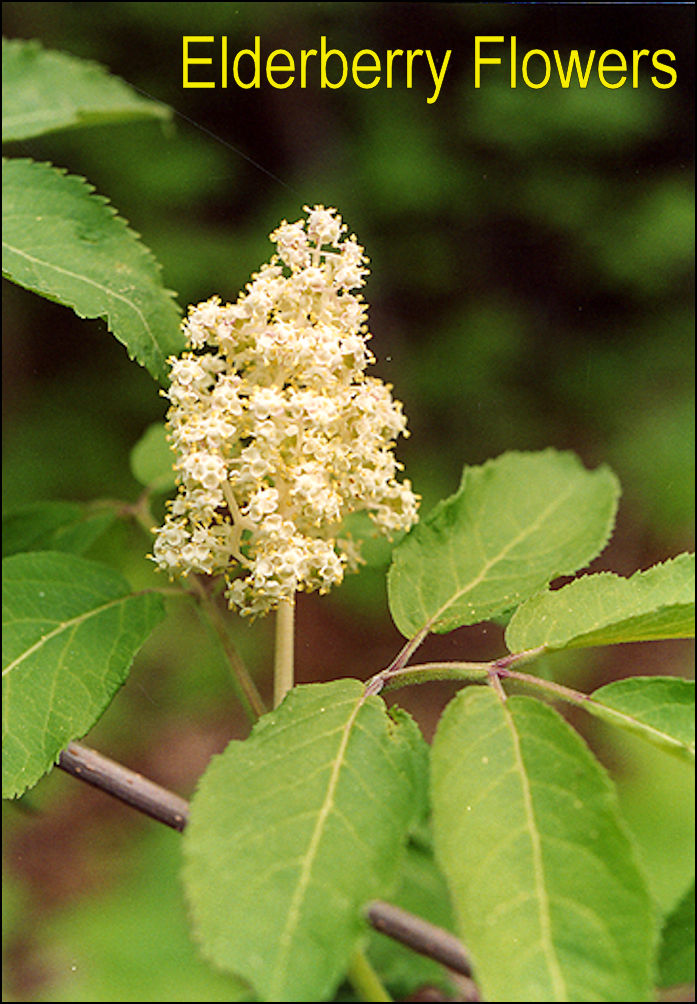
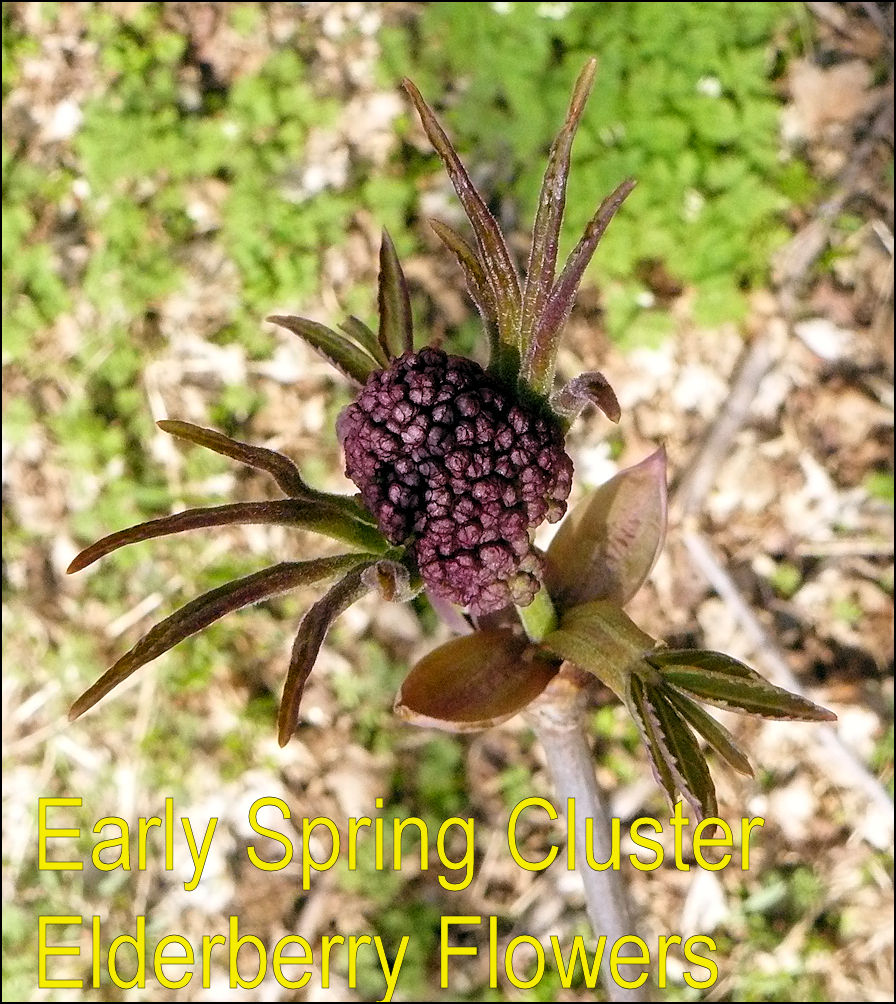
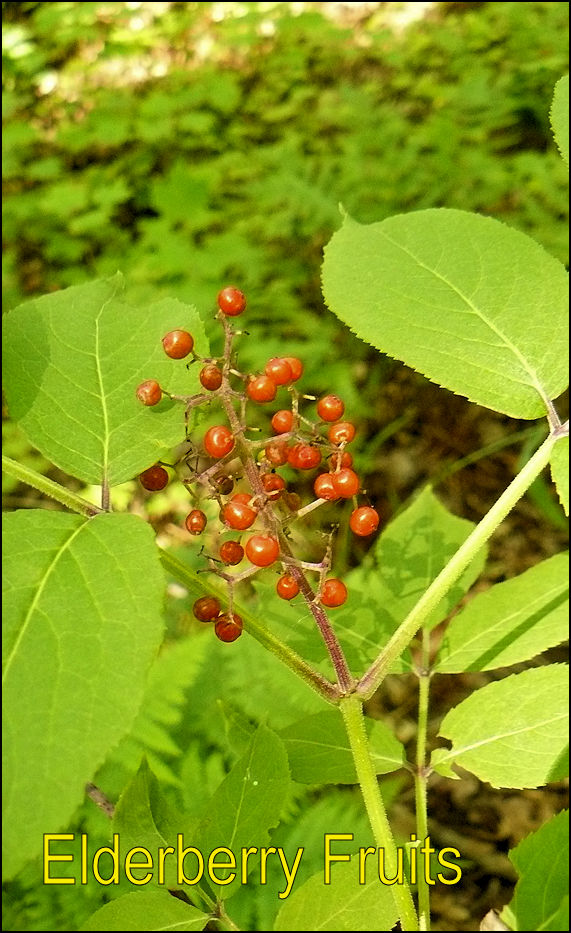
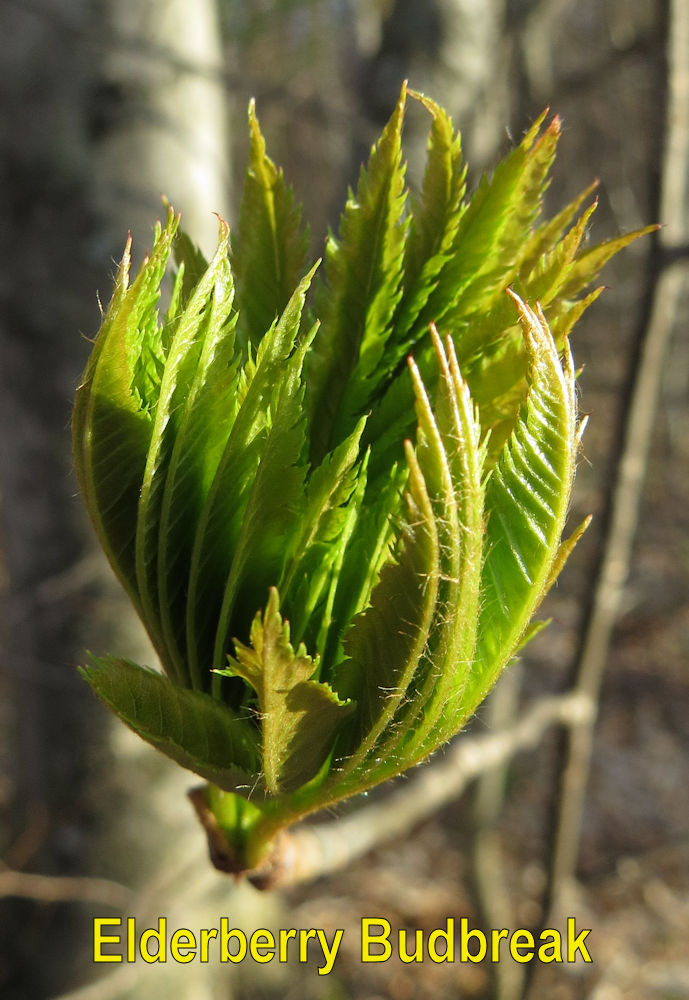
Family
Caprifoliaceae. Elderberry BERRIES grow in clusters. A flat-topped cluster is
common elderberry (Sambucus nigra - formerly S. canadensis). A more spiky cluster is red
elderberry (Sambucus racemosa - formerly S. pubens). LEAVES are compound (5-7 leaflets) and serrated. Red elderberry has large purple
BUD and a large, brown, soft PITH. Common
elderberry has smaller brown-green buds and a large, white, soft pith. Both have
brown-tan STEMS with warty bumps on them. When crushed, they both SMELL like
something rotting.
Click on the blue to return to the Deciduous Summer Key or the Deciduous Winter
Key.
Click HERE to return to the home page.
A note about the images on this website, click here.
This site created and maintained by Bill Cook, MSU Extension Forester for the Upper Peninsula of Michigan. Editing and modification is ongoing. Submit suggestions, questions, and corrections to cookwi@msu.edu or call 906-786-1575.